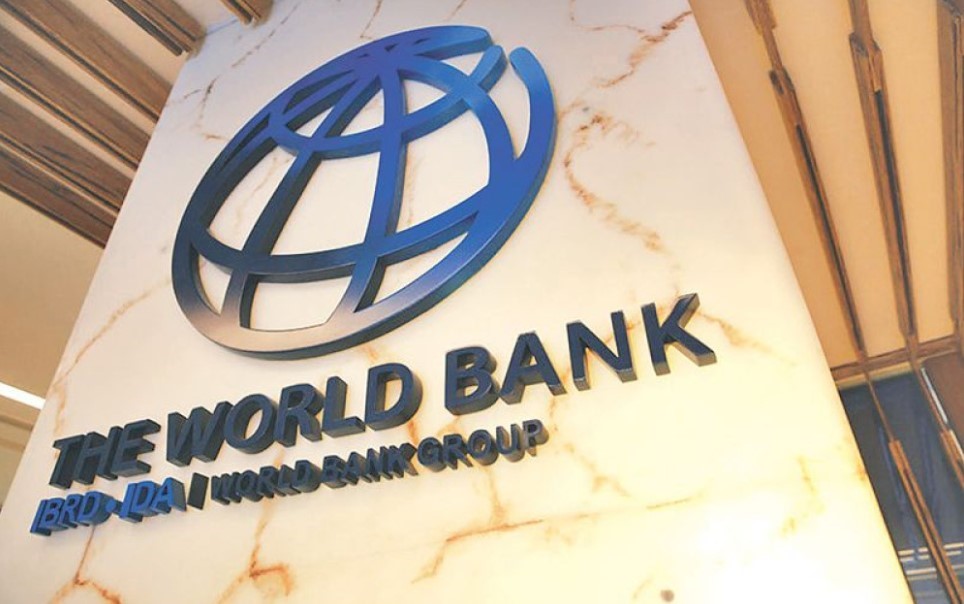Mobile Technology Drives Record Surge in Savings Across Developing Economies, says World Bank

Washington – A record number of adults in low- and middle-income countries are now saving through formal financial systems, marking a pivotal moment for financial inclusion globally. The Global Findex 2025 report, published by the World Bank Group, attributes this progress largely to the growing adoption of mobile-phone technology, which has transformed how people access and use financial services.
In 2024, 40% of adults in developing economies reported saving money through financial accounts, reflecting a 16-percentage-point rise since 2021—the steepest increase in more than a decade. This growth, according to the report, is significantly bolstered by mobile-money accounts, with 10% of adults using them to save, up from 5% in 2021.
“Financial inclusion has the potential to improve lives and transform entire economies,” said World Bank Group President Ajay Banga. “We’re modernizing payment systems and helping to remove regulatory roadblocks—so that people and businesses have the financing they need to innovate and create jobs.”
Bill Gates, Chair of the Gates Foundation, one of the supporters of the Global Findex, said: “More people than ever have the financial tools to invest in their futures and build economic resilience, including women and others previously left behind. This is real progress. The case for investing in inclusive financial systems, digital public infrastructure, and connectivity is clear—it’s a proven path to unlocking opportunity for everyone.”
The surge in formal savings is playing a key role in strengthening national financial systems. As more people engage with regulated institutions, countries benefit from a broader pool of investable capital, fostering innovation, economic resilience, and long-term growth. The trend is particularly notable in Sub-Saharan Africa, where formal saving increased by 12 percentage points, reaching 35% of adults in 2024.
The Global Findex—widely regarded as the most comprehensive dataset on global financial inclusion—highlights that nearly 80% of adults worldwide now have an account with a bank, mobile-money provider, or similar financial institution, up from just 50% in 2011. However, 1.3 billion adults still remain outside the formal financial system. Mobile technology offers a path forward, with nearly 900 million unbanked adults owning a mobile phone, including over 500 million who use smartphones.
This year’s edition also introduces new insights on digital connectivity. Globally, 86% of adults own a mobile phone, and 68% possess smartphones. Despite this widespread access, digital security remains a concern, with only about half of mobile phone owners in developing economies using password protection.
Investment in real-time payment systems is another factor enabling wider adoption of digital finance. National platforms such as India’s Unified Payments Interface (UPI) and Brazil’s PIX are cited as successful models. Expanding such infrastructure, alongside stronger consumer protections and efforts to enhance the affordability and security of mobile devices, could further accelerate inclusion.
Digital payments are also reshaping how people transact. In 2024, 42% of adults in developing economies made digital payments to merchants—up from 35% in 2021. Government transfers and wage payments are increasingly made into financial accounts, ensuring greater transparency and reducing leakage. Approximately 75% of recipients of government payments, and half of all wage earners, now receive funds directly into accounts.
The report also underscores progress in narrowing the gender gap in financial access. In low- and middle-income countries, women’s account ownership has nearly doubled over the past decade, rising from 37% in 2011 to 73% in 2024. Globally, 77% of women now have a financial account, compared to 81% of men.
Regional disparities remain, but gains are evident across all regions. East Asia and the Pacific leads in both digital connectivity and financial account ownership, with 86% of adults owning smartphones and 83% holding accounts. South Asia’s high financial inclusion rate is primarily driven by India, where account ownership among both men and women has reached 90%. Sub-Saharan Africa continues to be a global leader in mobile money usage. In Latin America and the Caribbean, over half of account holders now transact digitally. Meanwhile, account ownership in the Middle East and North Africa has climbed to 53%, up from 45% in 2021.
